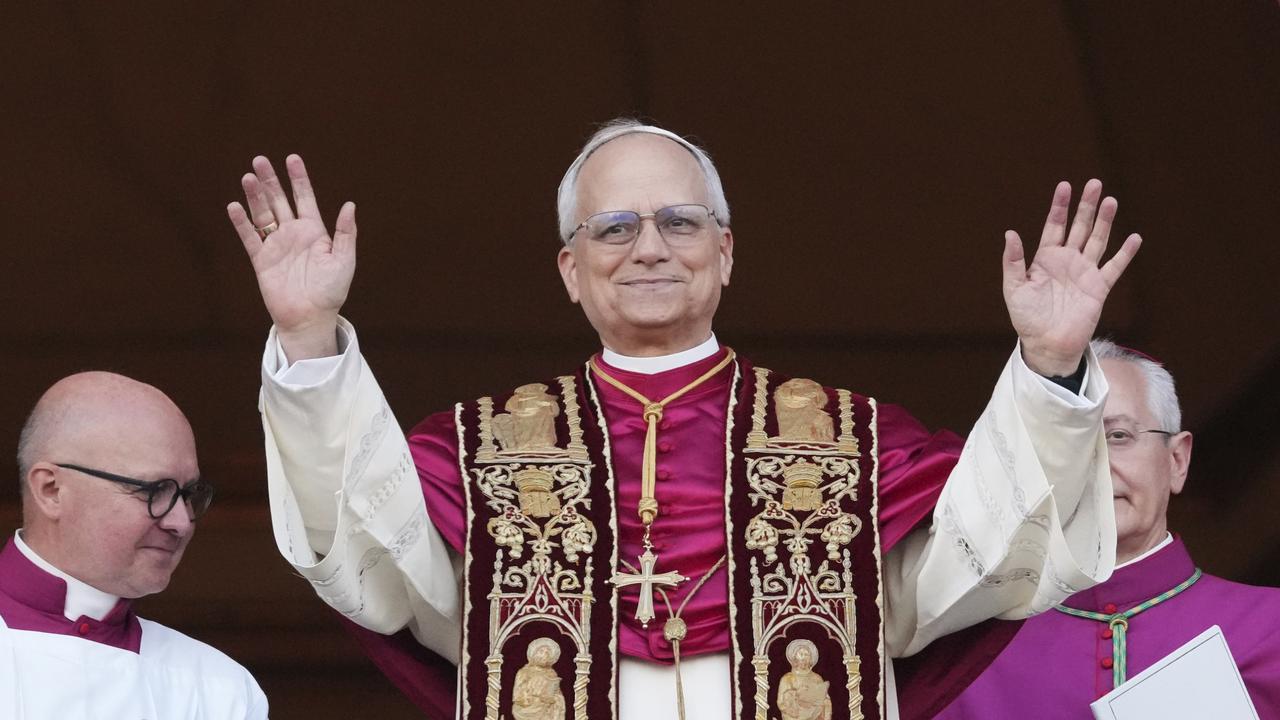Regional centres can help us attract and embrace refugees

COVID-19 has seen Australia’s humanitarian intake put on hold. But while we are hurting economically, as we emerge from the pandemic a healthy and wealthy country by global standards, refugee resettlement ought to be restarted as soon as it is safe and practical to do so.
One of the questions the Australian government should be asking during this hiatus is how to better engage the broader community in welcoming and supporting new refugees.
This is not only about giving refugees a warm welcome, but also working on issues such as ensuring regional Australia is more involved in receiving humanitarian migrants. And how can we best support these ambitious new arrivals in finding employment, learning English and successfully participating in Australian society?
We have seen the success of refugee settlement in regional locations such as Armidale and Wagga Wagga in NSW and Nhill in Victoria, where the result has been described as a win-win for local communities and their migrants. When refugees move to regional communities they bring an energy while supporting the viability of local schools, infrastructure and industries.
Last year Peter Shergold was asked by the Department of the Prime Minister and Cabinet to lead an independent review into refugee settlement.
A key recommendation was the introduction of a community-sponsored visa for refugees, to supplement the existing government-funded humanitarian migration program.
This is based on the longstanding Canadian program encouraging ordinary citizens to club together to fund some of the costs of resettling an individual or family of refugees. They also provide practical support to new arrivals — helping them find a home, enrol kids in school, learn English, find work or set up a business.
All of this is done at a neighbourhood level by volunteers who’ve been screened and trained.
Since the late 1970s, everyday Canadians have helped to resettle more than 320,000 refugees in addition to the government-funded program. Sponsors take enormous satisfaction from their involvement. The program enables refugees to be settled in hundreds of communities all around the country, not just in big cities.
By 2018 it was estimated that two million Canadians had been directly involved in sponsoring refugees, with a further seven million knowing someone who had. This larger circle of people is often indirectly involved in sponsorship through activities such as donating secondhand furniture or other items, or attending a fundraising event to support new arrivals.
The success for sponsored refugees is impressive; the vast majority find work within their first full year in Canada with the help of their local sponsors. It’s something of which Canadians are rightly proud.
A dozen other countries are at various stages of implementing community sponsorship programs. Just a few weeks ago, notwithstanding the pandemic, New Zealand committed to extend its pilot program by three years.
It’s time Australia joined the club. It needs to be based on genuine sponsorship by the broader community, not just an expensive family reunion program.
If Australia had such a program, local community members could instigate the settlement of refugees into their communities and support them in finding their feet. At a national level, it would enable us to do more to address the global refugee challenge at little extra cost to the taxpayer.
Australians are ready for this. The Community Refugee Sponsorship Initiative is widely supported by organisations that wish to see community sponsorship programs here. The initiative has collected pledges of support from more than 90 large and small community groups, and hundreds of individuals across the country have registered an interest in becoming sponsors. Separately, more than 35,000 people have signed the My New Neighbour petition calling for the introduction of a fair and accessible community sponsorship program.
But a word of caution. The success of such an endeavour won’t just depend on what happens in Canberra. It will require community groups to be engaged in the process from the outset and encouraged to put in their own time, money and energy to help resettle some of the most highly motivated migrants on earth.
Potential sponsors will want to see that their investment is making a real difference to someone’s life and that the program provides a way to express their deeply human motives — compassion, generosity, friendliness, and old-fashioned neighbourliness.
These are all attributes that have shone through the Australian community during the pandemic and the preceding bushfires. We might call it mateship.
Community refugee sponsorship provides a way to nurture these instincts in our communities for the benefit of people who, Australia’s history shows, will make our nation stronger and richer if given half a chance.
Saturday is World Refugee Day.
Professor Peter Shergold led the government-commissioned independent inquiry into integration, employment and settlement outcomes for refugees and humanitarian entrants in Australia. He is co-ordinator -general for refugee settlement in NSW and chancellor of the University of Western Sydney. Lisa Button is executive director of the Community Refugee Sponsorship Initiative and a fellow of the Centre for Policy Development.



Across Australia every day thousands of former refugees are busy going about their daily lives and work — many as essential workers during the pandemic. Despite this, too many Australians don’t know any refugees personally and don’t feel that they have a meaningful part to play in Australia’s humanitarian migration program. They may be sympathetic, but they’re not involved.